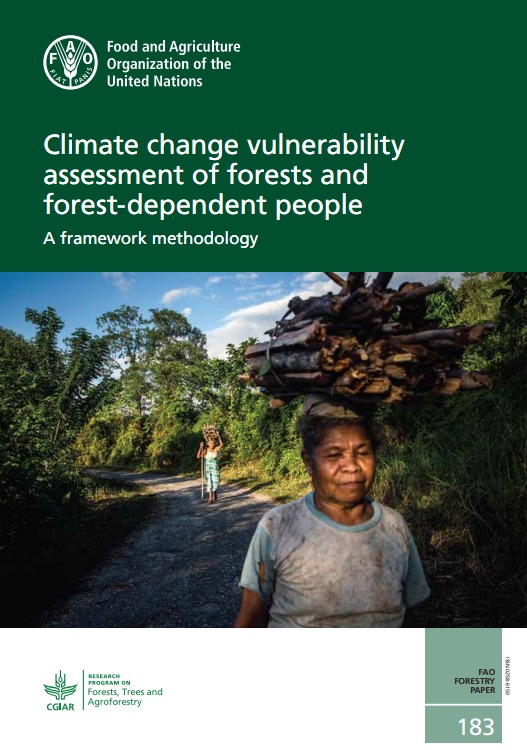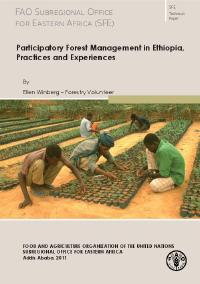
Community-based forestry
Community-based forestry (CBF) is an umbrella term that includes both collaborative regimes (forestry practiced on land that has some form of communal tenure and requires some level of collective action) and smallholder forestry (forestry practiced by smallholders on land that is generally privately owned).
In practice, these two forms are expressed in various CBF regimes according to the tenure rights enjoyed by, and the extent of empowerment of, communities in planning, implementation and benefit-sharing.
CBF aims to achieve two key outcomes: improved forest condition, and enhanced livelihoods for those communities and smallholders managing forests. The benefits of CBF in both biophysical and socioeconomics outcomes, have significant positive externalities. CBF is considered a potentially important delivery mechanism for a number of Sustainable Development Goals. It contributes to tackling climate change, conserving biodiversity, halting deforestation, combating desertification, and providing livelihoods.
FAO’s work to improve the effectiveness of community-based forestry
It aims to deliver on the following outcomes:
- Support the efforts of countries to create enabling environment for effective CBF.
- Raise awareness among policy-makers and civil society about the potential of Community-based forestry to ameliorate adverse impacts of climate change and contribute to other international policy initiatives such as biodiversity conservation, ecosystem restoration and rural transformation to alleviate poverty.
- Develop and disseminate approaches and tools needed to address, through community-based forestry, emerging issues in a changing global context.
- Support smallholder forestry and community forestry initiatives in the field, including within the framework of ecosystem restoration at large scale, biodiversity conservation, climate change mitigation and adaptation and rural transformation.
Related links
Publications
Types and characteristics of CBF
CBF regimes can be categorized according to forest tenure rights that are devolved to the managing communities.
There are five generic types of CBF from limited rights, which provide only for passive participation in government programmes, through to a comprehensive set of rights, which empower communities and smallholders to manage forests actively.


Forest tenure rights can vary in their duration (from time-limited to perpetual), in the ease with which they can be changed or extinguished, and the nature of any compensation, that may be available to communities if rights are revoked or extinguished.
Strong property rights are those embedded in constitutions or laws, which can only be amended by plebiscites or parliaments.
Weak rights are those in lower levels of the regulatory framework, such as ministerial directions, rules and regulations. Weak rights can be easily changed by administrative discretion.
Six policy actions are needed to improve biophysical and socioeconomic outcomes of CBF.











